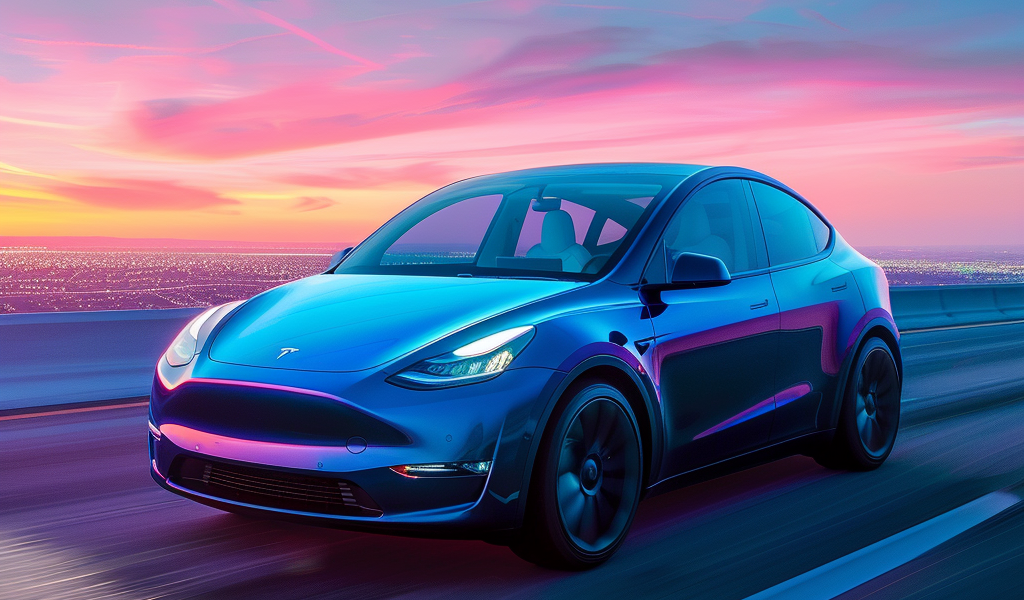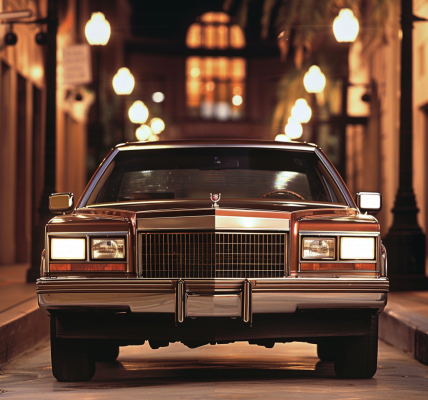Elon Musk, the CEO of Tesla, has announced that the company will unveil its long-anticipated ‘robotaxi’ on August 8. This announcement comes after years of promises and speculation about the development of self-driving vehicles by Tesla.
Despite the lack of details provided by Musk in his announcement, it has sparked excitement and curiosity among industry experts and Tesla enthusiasts. Musk has previously expressed his vision of creating a car without controls for human use and has repeatedly claimed that Tesla cars equipped with Full Self-Driving Capability will eventually become fully autonomous taxis, capable of earning money for their owners by providing taxi services.
However, Tesla’s track record in meeting Musk’s predictions has been mixed. The company had previously projected the launch of robotaxis by 2020, a milestone that has yet to be achieved. Additionally, experts who have tested Tesla’s self-driving system have reported that it is still far from being capable of operating without human intervention.
Currently, Tesla offers Full Self-Driving capability as an add-on feature for its vehicles, which can be purchased for an additional cost. The company also provides a subscription-based option for this feature. However, it is important to note that the current capabilities of the system require active driver supervision and do not make the vehicle fully autonomous.
Despite the challenges and uncertainties surrounding the development of self-driving technology, Musk remains optimistic about the future potential of Tesla’s autonomous capabilities. He has emphasized the long-term value of Tesla cars with full autonomy capability, suggesting that they may be worth significantly more in the future.
As the date for the unveiling of the robotaxi approaches, all eyes are on Tesla to see if the company will deliver on its promise of a fully autonomous vehicle. The anticipation and skepticism surrounding this announcement highlight the ongoing debate and challenges in the development of self-driving technology.





